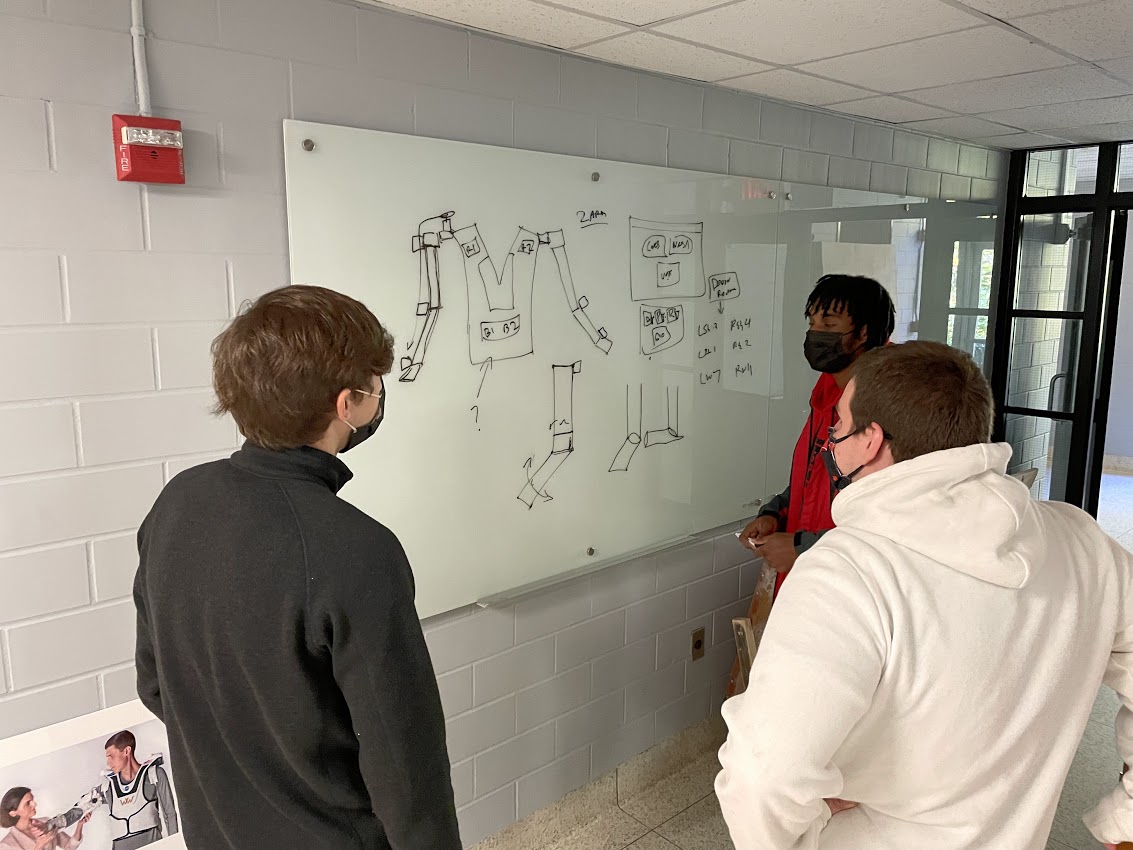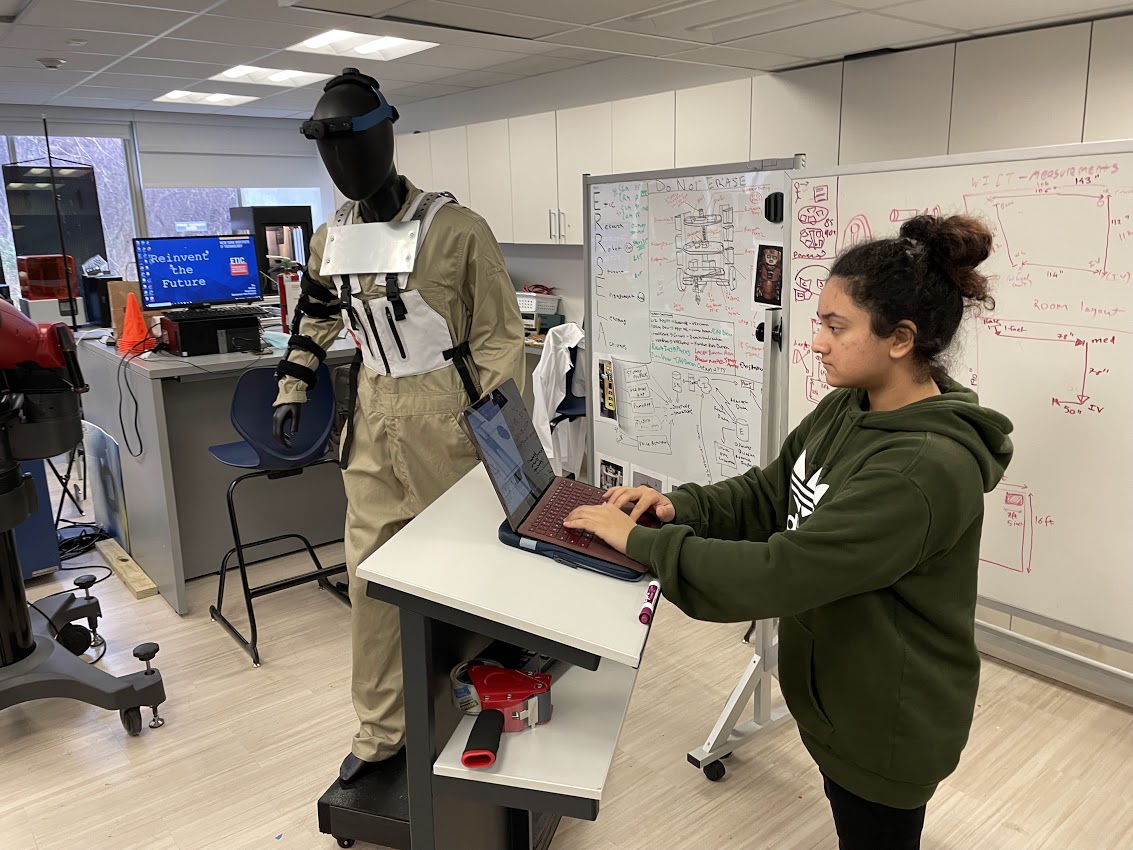 NASA's mission of exploration necessitates the development of new technologies and software– which make their way out of the labs and into our everyday lives. NASA-developed technology has been spun off to create societal benefits that include more efficient vertical farming to grow sustainable produce, lightweight insulation technology for outdoor adventures, and improved indoor air quality to reduce the spread of viruses like coronavirus, to name a few. While so many technologies have been successfully introduced into the commercial market, NASA has a plethora of patented technologies that are waiting to be adapted and commercialized. In a pilot program with the New York Institute of Technology, an interdisciplinary team of students is working to create prototypes for some NASA technologies, which include a robotic therapy vest for patients with neurological impairments and a high-tech device, known as a C-gauge, to measure cord tension in parachutes, sails, and weather balloons.
NASA's mission of exploration necessitates the development of new technologies and software– which make their way out of the labs and into our everyday lives. NASA-developed technology has been spun off to create societal benefits that include more efficient vertical farming to grow sustainable produce, lightweight insulation technology for outdoor adventures, and improved indoor air quality to reduce the spread of viruses like coronavirus, to name a few. While so many technologies have been successfully introduced into the commercial market, NASA has a plethora of patented technologies that are waiting to be adapted and commercialized. In a pilot program with the New York Institute of Technology, an interdisciplinary team of students is working to create prototypes for some NASA technologies, which include a robotic therapy vest for patients with neurological impairments and a high-tech device, known as a C-gauge, to measure cord tension in parachutes, sails, and weather balloons.
In 2021 NASA contracted with the New York Tech College of Engineering and Computing Sciences’ Entrepreneurship and Technology Innovation Center (ETIC) to have ETIC student employees develop and fabricate novel technology prototypes using the NASA patents. Student employees will also create marketing materials for NASA commercialization efforts.
 “This exciting new agreement provides an opportunity for an interdisciplinary group of students to work with emerging technology. The goal for this prototyping effort is to aid in the licensing and commercialization process,” said Samantha Kilgore, Technology Transfer Expansion representative from NASA’s Goddard Space Flight Center.
“This exciting new agreement provides an opportunity for an interdisciplinary group of students to work with emerging technology. The goal for this prototyping effort is to aid in the licensing and commercialization process,” said Samantha Kilgore, Technology Transfer Expansion representative from NASA’s Goddard Space Flight Center.
Students working on this project are pursuing degrees in STEM fields from computer science, mechanical, electrical, and computer engineering. The STEM students focus on building the prototypes based on NASA patents, and two digital arts students develop instructional and marketing videos to help present the products. The group delivers periodic written and visual reports of their work to keep NASA apprised of their progress.
Undergraduates on the prototyping team are Robert Maksimowicz, electrical and computer engineering; Hibah Agha, computer science; Benjamin Fuoco, computer science; and Lincoln Dover, mechanical engineering. Robert Doxey, a graduate student in computer science, is developing a website to manage aspects of the prototypes and display data reporting the projects’ progress.
"Working with NASA has been a dream come true for the ETIC at New York Tech,” said ETIC Director Michael Nizich, Ph.D. This collaborative opportunity has provided our students with real-world experiential learning opportunities and has transported them from the classroom to the engineering workforce before they even graduate. The ETIC has eagerly taken on the challenge, creating early-phase prototypes for commercially viable unrealized NASA patents for NASA to demonstrate to their industry partners.
This innovative pilot program is helping to create pathways to commercialization by de-risking innovation. Developing these ready-made prototypes mitigates some of the most substantial barriers to early-stage technology commercialization. With working prototypes in hand, NASA can market and license their technology quickly, resulting in the infusion of space-grade technology into society.


